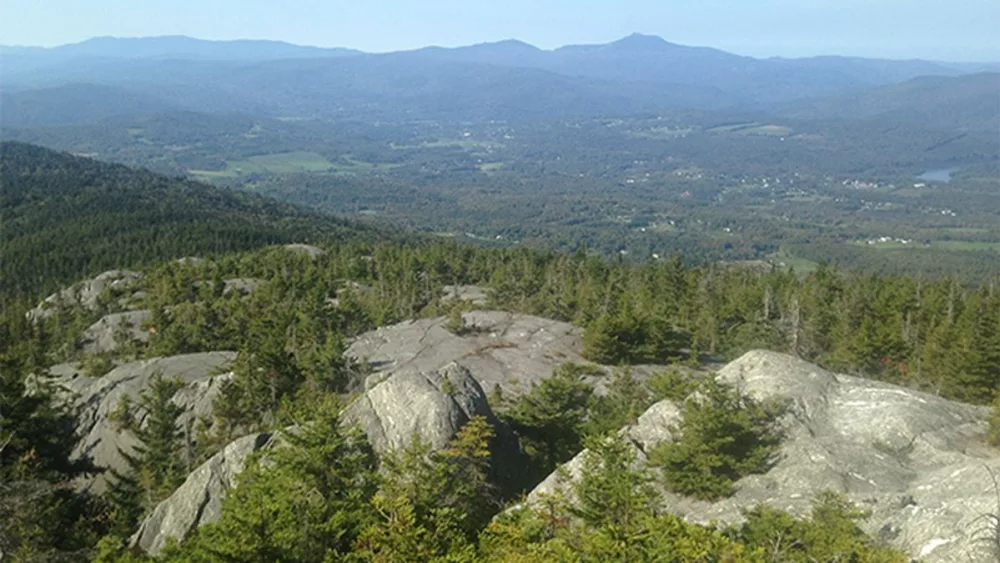STOWE, Vt. (WCAX) – Vermont lawmakers Thursday heard competing visions for how to manage the state’s forests and other natural resources. That includes a controversial Scott administration plan for managing the Worcester Range, a sprawling 19,000-acre mountain chain along the northern spine of the Green Mountains.
“We couldn’t pass up the sunny day on the mountain,” said Meaghan Alba, who along with Theresa Noonan, strapped on spikes Thursday for a climb to the 3,540-foot frosty peak of Mt. Hunger.
“We could see Mt. Washington, which I’ve seen just a few times, so that’s really cool,” added Noonan.
The mountain chain, which includes Mt. Hunger, the popular Stowe Pinnacle, and Worcester and Elmore Mountains, is the subject of a 20-year state plan to better manage recreation – conservation, logging, and wildlife.
Vermont lawmakers got a look at the draft proposal Thursday. It would open about half of the range to logging and designate certain other areas for highly managed uses — like a state park — subject to strict protections.
“It’s trying to strike that balance that’s difficult when we look at public lands, when we look at all of the needs from today and into the future,” said Vt. Forest, Parks & Recreation Commissioner Danielle Fizko.
Some say the state is moving too quickly with the plan and that it allows for too much logging of old-growth forests that will have an impact on the state’s climate change mitigation efforts.
“What’s being proposed could have major implications for flood resiliency, for habitat, for endangered species. The state should slow down,” said Zack Porter with the group Standing Trees.
Others say that keeping the land open to logging is critical to the forest product industry’s success and that certain logging operations can also help habitats. “A multi-use regime is good. There’s room for everybody. Working the forest, managing the forest is what I think is in the best interest of the taxpayer,” said Ed Larson with the Vermont Forest Products Association.
The competing management visions come as state lawmakers are pushing to conserve half of the state’s forests by 2050 and also dealing with flood mitigation, a difficult balancing act for for a beloved mountain range.
“It’s really special and there’s not a lot of other places like this that get to keep it this way,” Alba said.
The Department of Forest, Parks & Recreation hopes to have the plan finalized by this fall.

